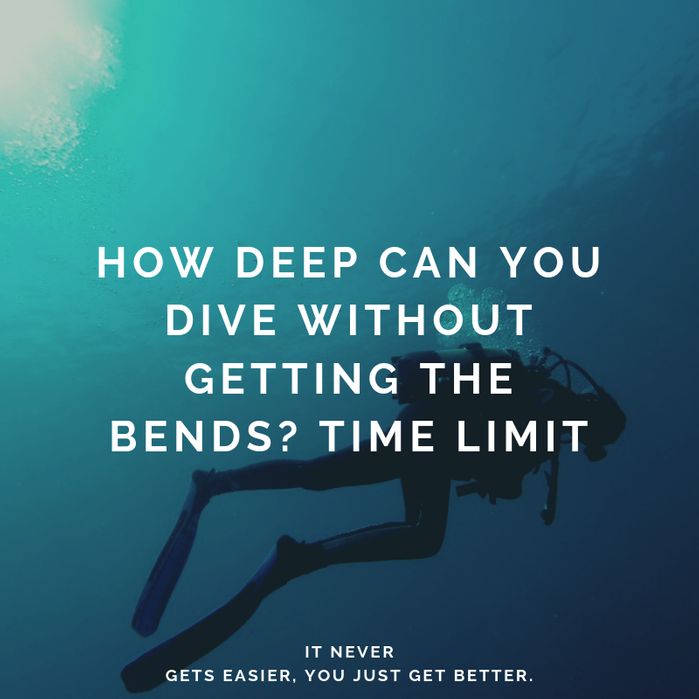
Scuba diving is an activity that changes your life altogether. Once you are there in the water it is very hard to bring you back.
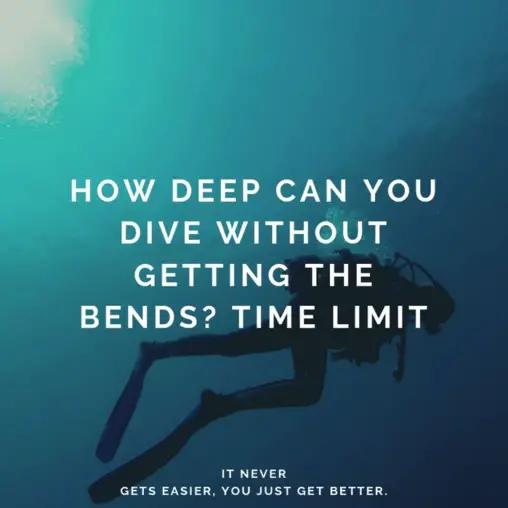
With each passing year, the popularity of scuba diving increases many folds.it is the most t adventurous of all activities.
But as they say every activity has drawback as well. There are many things about scuba diving that one needs be careful about and should be well trained to tackle them.
That is why there are a number of centers that offer you a proper scuba diving course. And it mandatory to have certified with the diving course otherwise you are not allowed to dive in the water on your own. And there are valid reasons for this.
HOW DEEP CAN YOU DIVE WITHOUT GETTING THE BENDS, Decompression?
Divers affected by bends all the time being underwater, but you can dive without getting strong decompression at about At 15 meters or 50 feet dive depth depends on PADI Tables For the time limit 1 hour 15 mins of diving underwater. If your descent more than 15 meters or 50 feet you will get the start in new hight level of decompression with a new time limit to stary in this depth as the proven table from PADI, here you need to do stop decompression and keep your safety
No matter how far you go whenever you ascend back your way you would get bends. So the more realistic question to answer would be how deep can one dive without getting decompression stops. Decompression that causes bending depends upon the level of depth you dive deep to and the time you stay in the chosen depth.
The general guideline is as longer or deeper you dive the more chances of needing decompression stops increases.
At What Depth Do You Get The Bends?Can you get the bends at 30 feet?
- For shallow dives up to 6 to 10 meters (20-30 feet), one can spend many hours without needing the decompression stops.
- But the dives deeper than 30 meters (about 100 feet), one can only stay at this depth for about 20 minutes before needing to stop for decompression.
what this complies is that if you go beyond this limit you would enter into the decompression stop time and you have to decompress yourself then. You will need to check your air consumption during the time you need to decompress while you are at a stop.
So, with that, I hope it is all clear now that what is bending? What causes bending? How far can you go with respect to the depth of the water before getting bends? What do you need to do to prevent bending while diving?
I wish you all a happy and adventurous diving experience ahead. Have fun and be safe.
WHAT CAUSES THE BENDS?
Divers Spend MOst of Time Underwater Descent & ascent, But If the diver were to swim quickly to other points towards the surface then the bends illness raise immediately because of the rapid release of nitrogen gas in the bloodstream caused by bubbles forming in the blood This could be a very painful condition,
To be safe while diving you should understand how Henry’s Law works precisely as the pressure increases, the solubility of N2 the diver’s bloodstream increases. this proven you should swim to the surface slowly to increase N2 ability to escape at lower pressure through exhalation.
What Is the decompression time limit for Dive Depth? (Padi Tables)
- At 15 meters or 50 feet dive depth: No decompression time limit is of 1 hour 15 mins (PADI Tables 80 minutes).
- At 18 meters or 60 feet dive depth: No decompression time limit is of fifty minutes (PADI Tables 55 minutes).
- At 24 meters (80 feet) dive depth: No decompression time limit is of 30 minutes (PADI Tables 30 minutes).
- At 30 meters (100 feet) dive depth: No decompression time limit is of 20 minutes (PADI Tables 20 minutes).
- At 33 meters (110 feet) dive depth: No decompression time limit is of 17 minutes (PADI Tables 16 minutes).
- At 40 meters (130 feet) dive depth: No decompression time limit is of 12 minutes (PADI Tables 10 minutes).
- At 50 meters (164 feet) dive depth: No decompression time limit is of 8 minutes.
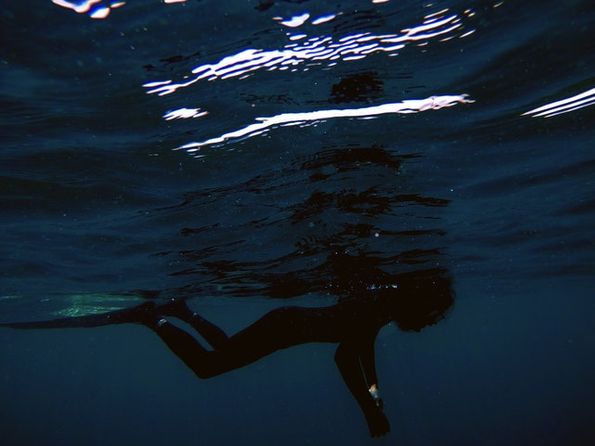
HOW TO DECOMPRESS SICKNESS TO PREVENT GETTING THE BENDS?
Out of many problems and threats faced by the divers One of the most important problems is that of getting bends during scuba diving. Before starting the discussion about the topic first of all we need to understand what a bends is?
WHAT IS A BEND?
The bend is a condition known as decompression sickness or caisson disease that occurs very commonly in scuba divers.
This occurs when the dissolved gases especially the nitrogen come out of the mixture of the gases in the form of a bubble and affects the human body at any and every part.
The bubbles can be absorbed by the body tissues and in turn can damage very badly and can prove to be fatal if the decompression is not done timely. So, getting bend during diving is something serious which requires a proper training about how to deal with it, before starting to dive.
What happens?
while going deep there is no risk one feels but as you ascend the chances of getting bends appears then. So, what one needs to do is that the divers decompress by ascending slowly.
The gases particularly nitrogen that dissolves in the body tissues under the high pressures deep in the waters is released as you ascend back to the surface because the pressure difference falls down. If some one ascends too fast the gases would rapidly convert into bubbles and would escape from the body tissues too quickly.
so, to avoid this rapid bubbling one needs to ascend slowly. Your ascent rate can be monitored by using a dive computer. Or alternatively, you can ascend at a rate that’s slower than the smallest of your exhaust bubbles from breathing.
best 5 dive computer to avoid bends and detect safe bends stop picked for you !!
- Designed for advanced/technical diving
- Optional wireless air integration
- Air/nitrox/trimix support
- Multi gas diving (up to 10 gases)
- 4 operation modes: air, ccr, gauge, mixed gas
- Full Colour, High Resolution. AMOLED. 1.39" display with deep blacks, and vivid colour display
- Optional Air Integration. The Teric can connect with up to 2 transmitters
- Rugged Construction. Sapphire crystal window, and 316 stainless bezel & buttons
- Cloud Control. Download and display dive logs quickly with Bluetooth Smart technology.
- Different watch faces to go with multiple styles and occasions. Programmable timers, alarms and stopwatch
- Modes: Air / Nitrox / Free / Gauge / Watch. Suunto Fused 2 RGBM decompression model
- Exchangeable straps with Quick Release spring bar (both for diving and for everyday style). Weight: 90g
- Water resistance 100m. Rechargeable lithium-ion battery
- Full color MIP display with adjustable LED backlight. Wireless connectivity via Bluetooth to new Suunto App
- Wireless tank pressure up to 3 tank pressure readings (with Tank Pod). User-updatable software & customizable dive screens. 18 languages
- Same intuitive menu structure, simple 3-button control system, and diver-friendly functions that make the Galileo so easy to use. Enables a seamless transition from the Galileo to the G2. All accessories are reverse compatible as well. Full-Color TFT (Thin-Film Transistor) 2.2in/5.6cm Dot matrix display screen (320x240p). Produces vibrant colors for maximum readability to quickly direct your attention to what you need to know.
- TFT screens use less energy. More efficient than other screen types to help extend battery life.
- See as much or as little as you like. Choice of screen display configurations. Customize your data presentation with Light, Classic, Full or Graphical screen options to suit your individual diving style.
- Customize menu listings. Use as much or as little of the G2 technology as you need – your choice.
- Multiple language choices. Select from more than 19 languages for receiving dive data.
- Operating modes: air, nitrox, gauge and freedom modes
- Programmable for 21% to 50% oxygen mixtures
- Imperial or metric programmable, decompression stop data, audible alarms
- Back Lite display, easy to read in low light & night conditions
- Maximum depth display: 330' (100 meters)
Last update on 2024-04-03 / Affiliate links / Images from Amazon Product Advertising API
The following depths and no stop decompression times are based on the first dive of the day. That is, they assume you’ve not done any other dives beforehand.
The bubbling of gases due to the rapidly changing pressure difference from the sea level that increases continuously as you dive deeper and deeper. As the pressure due to nitrogen increases, it dissolves into the tissue more and more.
The nitrogen has no mechanism of self-utilization in the body so it gets piled up in the body tissues over time.
This accumulated nitrogen is released in the form of bubbles once the person reaches back to the sea level. These bubbles are capable of blocking the blood vessels and thus causing problems in normal blood flow and results in thrombus and embolism.
These embolism can be dislodged in any of the major vessels causing the blood flow to cut off leading to the death.
You Can Also Record Your Dive Deep using scuba dive log Apps








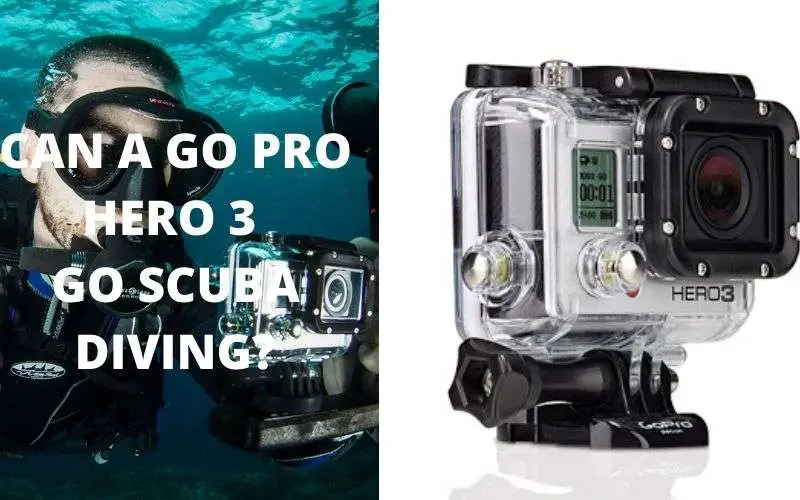





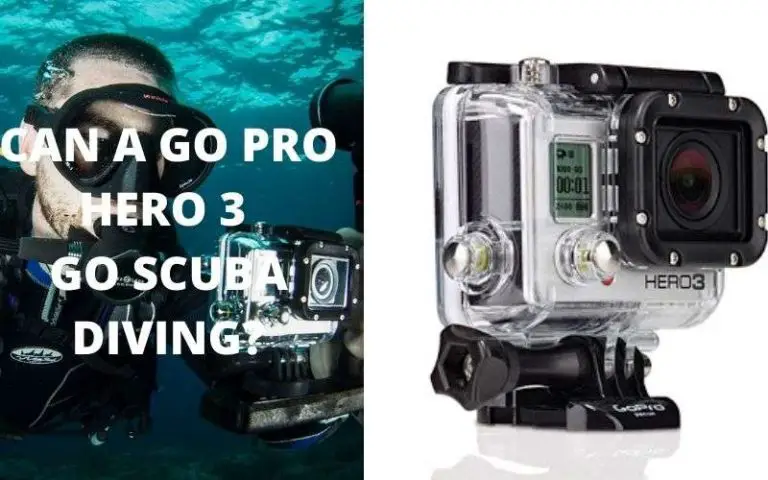



2 thoughts on “Dive Deep Without Decompression & Bends: Safety Guide”